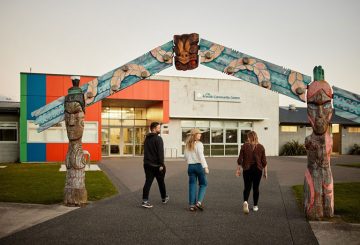Federated Farmersによる最新の農業信頼度調査によると、高金利、低価格な商品価格、過剰な官僚主義に苦しんでいるにもかかわらず、農家は昨年に比べてやや楽観的になっています。この調査は15年間続いているが、農村部の景況感指数は2023年に史上最低を記録したことが示された。しかし、それ以降、農家のムードは若干改善している。
フェデレーテッド・ファーマーズの全国会長であるウェイン・ラングフォード氏は、農民はまだ自信を持っていないが、自信がないと感じることは減っていると語った。彼は、高インフレ、高金利、商品価格の下落が農家の収益性に影響を及ぼしていると説明した。しかし、来年には状況が改善すると予想する農家が増えているため、慎重な楽観論もある。
2024年1月に実施された調査では、2023年7月の調査と比較して、生産量と支出が増加すると予想する農民が増え、来年には債務が増加すると予想する農家は少ないことが示された。ラングフォード大学は、この信頼感の回復は、インフレの鈍化、乳製品価格の安定、そして非現実的で費用のかかる規制を削減するという新政府のコミットメントによるものだと考えています。
現在、農家の主な関心事には、債務、金利、商品価格、規制費用、気候変動政策などがあります。ラングフォード大学は、地方融資の金利が住宅融資と比較して大幅に上昇した理由を理解するために、地方銀行に対する独立した調査を求めている。
ラングフォード大学は、信頼感がわずかに高まっているものの、農民にとって依然として厳しい時代であることを認識し、連邦農民連盟や農村支援信託などの団体からの支援を求めるのに苦労している人々を奨励しています。
2024年1月に実施された連邦農業従事者信頼度調査の要点は次のとおりです。
-回答者の 55% が現在の経済状況は悪いと考えており、2023 年 7 月から 25 ポイント改善しています。
-回答者の 0.9% は、今後12か月で一般的な経済状況が改善すると予想しており、これは2023年7月から71ポイント改善しています。
-回答者の 3.1% が現在損失を出していると回答しており、2023 年 7 月から 4.9 ポイント悪化しています。
-回答者の 21% は、今後12か月で収益性が低下し、2023年7月から49ポイント改善すると予想しています。
-回答者の 6.0% は、今後12か月で生産量が増加すると予想しており、これは2023年7月から13.5ポイント増加しています。
-回答者の 4.0% が、今後 12 か月で支出が増加すると予想しています。これは、2023 年 7 月から 15 ポイント改善しています。
-回答者の 0.3% は、今後12か月で債務が増加すると予想しており、2023年7月から14ポイント減少しています。
-回答者の 23% が、スキルとやる気のあるスタッフの採用が過去 6 か月で難しくなったと答え、2023 年 7 月から 9 ポイント減少しました。
-農家にとって最大の懸念事項の4つは、債務、利子、銀行、ファームゲートと商品価格、規制とコンプライアンスコスト、気候変動政策とETSです。
-農民が政府に取り組んでほしい最優先事項の4つは、財政政策、経済とビジネス環境、規制とコンプライアンスコスト、金融政策です。





























































